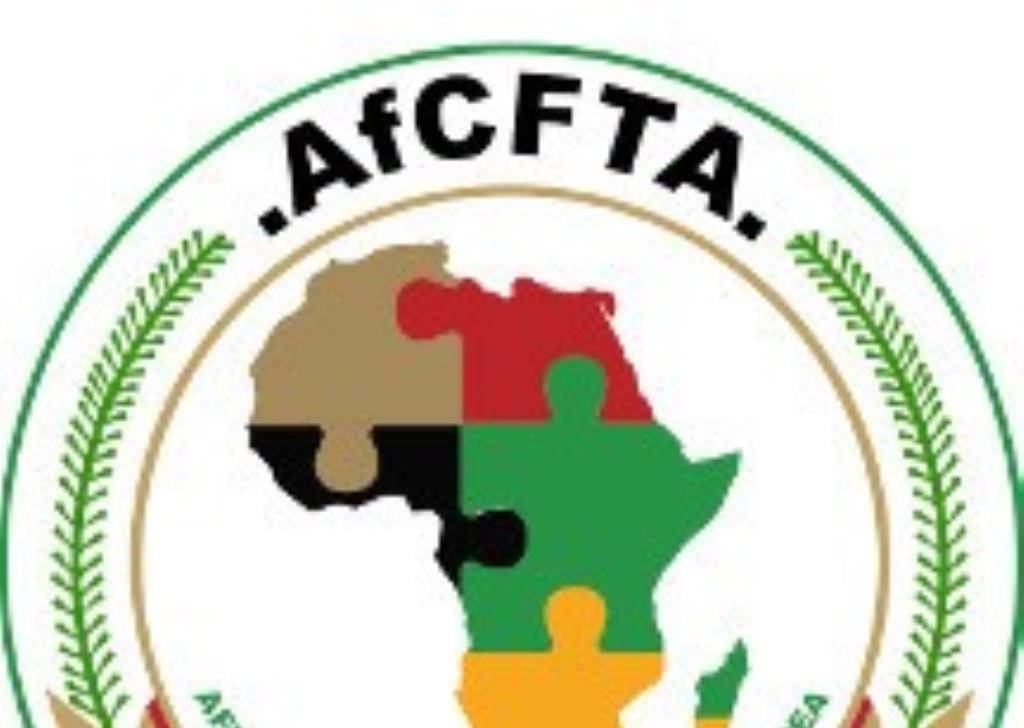Zim records 77 pc food production decline this year
A report by the Second Round of Crops, Livestock and Fisheries Assessment, paints a grim picture of Zimbabwe’s food security report, revealing a staggering 77 percent decline in food crop production this year primarily due to drought conditions.
Only two out of Zimbabwe’s 60 districts are reported to have sufficient food reserves.
Zimbabwe’s 2023/2024 agricultural season was ravaged by what many are calling the worst drought-induced El Niño in four decades.
The country endured the statistically latest and driest start to its summer season in 40 years. While the entire southern African region felt the effects of El Niño, Zimbabwe appeared to be ground zero.
In anticipation of the El Niño’s harsh impact and the potential reduction in cereal production to feed the nation, Zimbabwe declared a state of disaster on April 2, 2024.
Based on this CLAFA 2 assessment, maize output is estimated at a mere 634 699 tonnes, a staggering 72 percent decline compared to the previous season’s 2,3 million tonnes.
Sorghum and pearl millet production is also expected to suffer significant drops, with estimated yields of 82 063 tonnes (down 57 percent) and 23,439 tonnes (down 67 percent) respectively.
“The production is very unevenly distributed. Only Goromonzi and Makonde, out of 60 rural districts, have sufficient food to last 12 months. A further eight districts have enough food for nine months, while the other districts have up to six months’ supply,” said the report.
The CLAFA 2 assessment exposes a critical grain shortfall in Zimbabwe. Considering the Government’s existing stockpiles, estimates suggest a shortfall between 34 percent and 46 percent. However, excluding these strategic grain reserves, the deficit could soar to a much higher 65 percent, the assessment report noted.
Apart from declaring state of disaster, Zimbabwe has implemented measures to combat the drought’s impact.
While Government has opted against creating a supplementary budget for grain imports, it is authorising private sector participation in maize imports.
In addition, Finance, Economic Development and Investment Promotion Minister Professor Mthuli Ncube, said the Government would re-allocate resources and utilise revenue generated by new taxes to fund essential food imports.
Mthuli acknowledged the strain the drought would put on the fiscus and the economy. In the last budget, Mthuli introduced new taxes, such as a sugar content tax on beverages and extended value added tax to certain basic commodities.
Devastated by low rainfall that wiped a significant maize crop, the staple, Zimbabwe declared a national disaster to combat the severe hunger crisis.
The country urgently needs US$2 billion in aid to avert food shortages. Neighbouring Zambia and Malawi have also recently declared states of disasters due to drought.
“We will do a budget re-allocation, for example certain programmes may have to be slowed down to accommodate the importation of grain. I do not think there will be any need for a supplementary budget as such,” said Mthuli in an interview with Bloomberg recently.
“(Of) the…taxes that we introduced…we believe will add some additional income so there may not be need to really go back and seek permission from Parliament to do an extra budget but we will just re-allocate from what we have received and work with tax regime that we have in place.”
The impact of the El Niño drought on Zimbabwe’s gross domestic product is still unclear. However, Mthuli said another assessment would be conducted to determine if the projected 3,5 percent economic growth needs to be maintained or revised.
“The downward risk is a lot higher now than before, our focus is 3,5 percent and we will do a further assessment in two months’ time and see whether we need to revise that or keep it where it is,” said Mthuli.
Horticulture production increased by 13 percent in the 2023/2024 season. Most fruits and vegetables saw production increases, with some exceptions like peas and tea. Irish potatoes, tomatoes, blueberries and pecan nuts showed significant rises.
Citrus fruits like oranges and lemons also saw moderate increases.
El Nino-induced drought in Zimbabwe has also caused significant cattle losses and water shortages.
At least 9 941 cattle died at the start of the 2023/24 season. The most affected areas were Matabeleland South (Mangwe and Bulilima) and Matabeleland North (Tsholotsho and Binga).
Nearly half (47 percent) of rural areas will face critical grazing shortages from July onwards. Only 12 percent of areas have enough grazing to last until the next season.
The situation is even worse for water. A staggering 76 percent of rural wards will face water challenges, with only 24 percent having enough water to last until the next season.
The worst drought in living memory struck Zimbabwe in 1992, leading to the deaths of a quarter of the national cattle herd.
The drought has even impacted drought-resistant crops like cotton, which typically thrive with minimal rainfall. According to the World Metrological Organisation, El Nino phenomena occurs on average every two to seven years in episodes lasting nine to 12 months.
It is a naturally occurring climate pattern linked to the warming of the ocean surface temperatures in the central and eastern Pacific Ocean and takes place in the context of a climate changed by human activities.-ebusinessweekly










